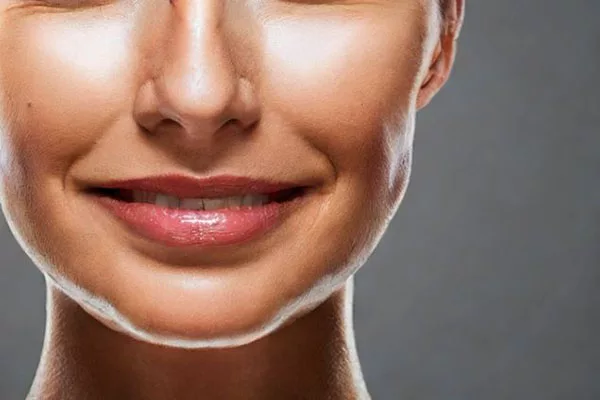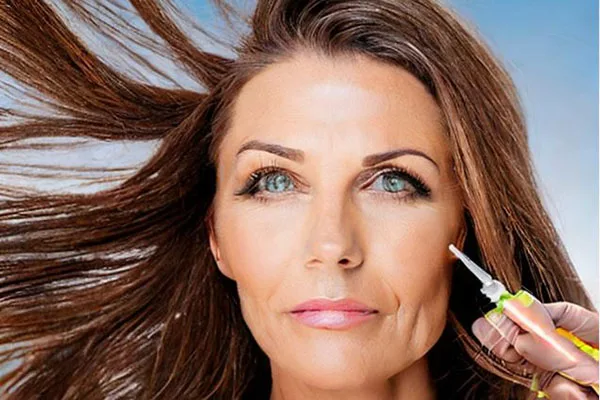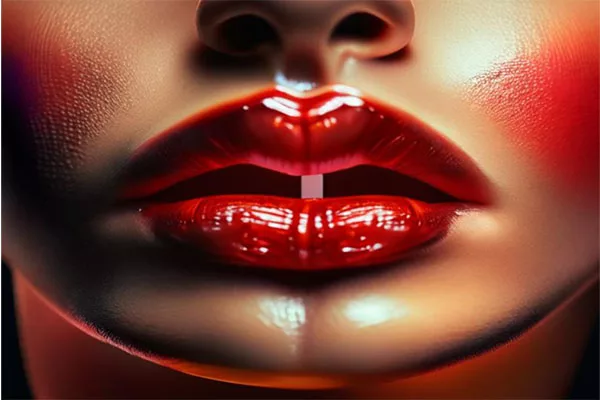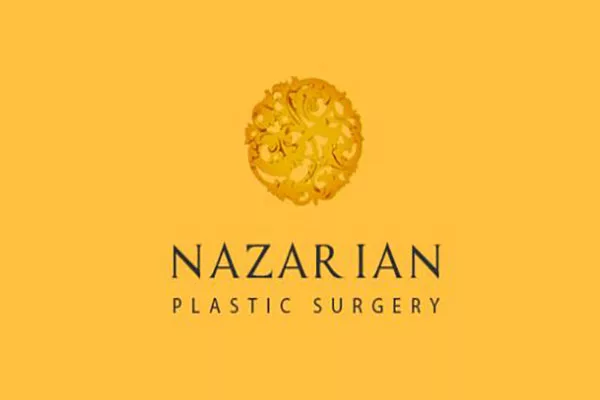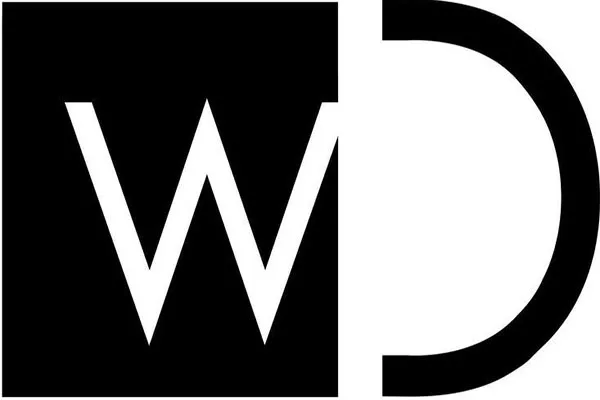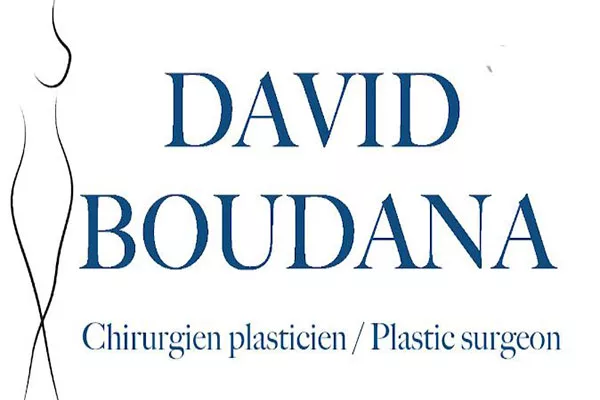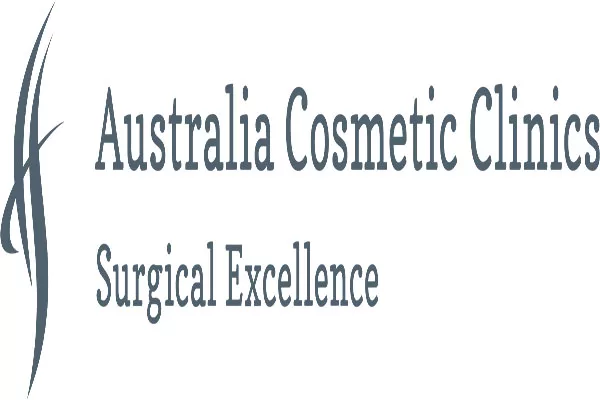Botox
Botox, also known as botulinum toxin, is a protein produced by the bacterium Clostridium botulinum. It is commonly used for cosmetic purposes to reduce the appearance of wrinkles by temporarily paralyzing the muscles in the face.
Here are some key points to understand about Botox:
- It is a neurotoxin that works by blocking nerve signals to the muscles, causing them to relax.
- Botox injections are typically given by a trained medical professional, such as a dermatologist or plastic surgeon.
- The effects of Botox can last anywhere from 3 to 6 months, after which the muscles gradually regain their function.
- Botox is used to treat a variety of medical conditions as well, including migraines, hyperhidrosis (excessive sweating), and muscle spasms.
Botox was first approved by the U.S. Food and Drug Administration (FDA) for cosmetic use in 2002. Since then, it has become one of the most popular non-surgical cosmetic procedures in the world, with millions of people getting injections every year.
However, Botox is not without its risks and potential side effects. Some people may experience redness, swelling, or bruising at the injection site, while others may develop headaches or flu-like symptoms.
It is important to choose a reputable and experienced practitioner if you are considering Botox, and to discuss any potential risks or concerns beforehand.
Despite these risks, many people continue to choose Botox as a way to achieve a more youthful and refreshed appearance. In the following sections, we will explore the history, science, and potential benefits and drawbacks of this popular cosmetic treatment.
History of Botox
While Botox has gained immense popularity in the 21st century for its cosmetic use, it actually has a long and diverse history.
In the 1820s, a German physician named Justinus Kerner first identified botulinum toxin after studying outbreaks of food poisoning in the region. He named the toxin after the Latin word for sausage, botulus, since the bacteria responsible for producing the toxin was often found in spoiled meat products.
Fast forward to the 20th century, and scientists began to explore potential medical uses for botulinum toxin. In the 1950s, researchers discovered that injecting small amounts of the toxin into hyperactive muscles could help to reduce spasms and contractions. This led to its use in treating a wide range of medical conditions, including strabismus (crossed eyes), blepharospasm (excessive blinking), and cervical dystonia (a painful tightening of the muscles in the neck).
It wasn’t until the 1980s that Botox first entered the world of cosmetic treatments. A Canadian ophthalmologist named Jean Carruthers noticed that patients who were receiving Botox injections for medical reasons also had a reduction in the appearance of their wrinkles. After further study and experimentation, Botox was eventually approved by the FDA for cosmetic use in 2002.
How does Botox work?
Botox works by temporarily blocking nerve signals to the muscles in the face, causing them to relax and minimizing the appearance of wrinkles.
The process works as follows:
- A medical professional will administer the injection into the targeted muscle(s) in the face.
- The botulinum toxin then binds to receptors on the muscle cells, preventing the release of acetylcholine, a neurotransmitter that signals the muscle to contract.
- Without these signals, the muscle remains in a relaxed state, thus reducing the appearance of wrinkles.
It typically takes a few days for the effects of Botox to become noticeable, and the full results will usually appear within two weeks. The effects typically last for 3-6 months, after which the muscles gradually regain their function and wrinkles may reappear.
It is important to note that Botox does not work on all types of wrinkles or facial lines. It is most effective on so-called “dynamic wrinkles”, which are caused by repeated facial expressions such as frowning, smiling, or squinting.
Benefits of Botox
Botox can provide a range of benefits beyond just reducing the appearance of wrinkles. Here are some of the potential benefits of Botox:
- Reduced migraines: Botox injections have been shown to reduce the frequency and severity of chronic migraines in some people.
- Reduced excessive sweating: Botox can be used to treat hyperhidrosis, a condition characterized by excessive sweating in the underarms, palms, or feet.
- Reduced muscle spasms: Botox injections have been shown to be effective in treating muscle stiffness and spasms, particularly in people with cerebral palsy or other neuromuscular disorders.
- Improved self-confidence: Many people report feeling more confident and satisfied with their appearance after receiving Botox injections.
- Non-invasive: Compared to more invasive cosmetic procedures such as facelifts, Botox is a minimally invasive treatment that doesn’t require anesthesia or incisions.
- Quick and relatively painless: Botox injections typically take just a few minutes to complete and are only mildly uncomfortable.
However, it is important to discuss any potential risks or drawbacks with a qualified medical professional before deciding to undergo Botox treatment.
Risks and side effects of Botox
While Botox is generally considered safe, it is not without its risks and potential side effects. Some of the most common risks and side effects of Botox include:
- Pain and bruising at the injection site
- Headaches
- Flu-like symptoms
- Drooping of the eyelid or eyebrow
- Crooked smile or asymmetrical face
- Dryness or irritation of the eyes
- Allergic reactions
These side effects are typically mild and go away on their own within a few days to weeks. However, in some rare cases, more serious side effects can occur, such as difficulty breathing, swallowing, or speaking.
It is important to choose an experienced and qualified medical professional for Botox injections and to discuss all potential risks and side effects beforehand. If you experience any unusual symptoms after receiving Botox, it is important to seek medical attention immediately.
Who is a good candidate for Botox?
Botox injections are generally safe and effective for most healthy adults who are looking to minimize the appearance of wrinkles and lines on their face.
However, some people may not be good candidates for Botox, including:
- Pregnant or breastfeeding women
- People with neurological disorders like ALS or Myasthenia Gravis
- People with certain facial conditions like droopy eyelids or deep facial scars
- People taking certain medications that interfere with blood clotting, such as aspirin or warfarin
- People with allergies to any of the ingredients in Botox
Additionally, it is important to have realistic expectations about the results of Botox. While it can be an effective way to reduce the appearance of wrinkles, it is not a permanent solution, and the effects only last for a few months. It is important to discuss your goals and expectations with a qualified medical professional before undergoing treatment.
Preparing for Botox treatment
If you are considering Botox injections, there are several steps you can take to prepare yourself beforehand:
- Research reputable and experienced practitioners in your area. Look for professionals who are board-certified and have a lot of experience administering Botox injections.
- Schedule a consultation with the practitioner of your choice. During this consultation, you can discuss your goals and expectations for the treatment, as well as any potential risks or concerns.
- Avoid blood-thinning medications, such as aspirin or ibuprofen, for at least a week before the procedure. These medications can increase the risk of bleeding and bruising at the injection site.
- Avoid alcohol for at least 24 hours before the procedure, as this can also increase the risk of bleeding and bruising.
- Arrive at your appointment with a clean and makeup-free face. This will make it easier for the practitioner to see the muscle movements in your face and determine the best injection sites.
- Be prepared for mild discomfort during the procedure. While Botox injections are relatively painless, you may feel a slight pinch or pressure at the injection site.
By taking these steps, you can help ensure a safe and successful Botox treatment.
What to expect during and after Botox treatment
During the Botox treatment, a medical professional will use a thin needle to inject small amounts of the botulinum toxin into specific muscles in your face. The number and location of the injections will depend on your individual goals and the areas of your face that need treatment.
The procedure typically takes just a few minutes to complete and is only mildly uncomfortable. Afterward, you may experience some mild redness, swelling, or bruising at the injection site, but these symptoms usually go away within a few days.
It is important to avoid rubbing or massaging the injection site for at least 24 hours after the procedure, as this can cause the botulinum toxin to spread to other areas of the face and potentially cause unwanted side effects.
You should also avoid lying down or doing any strenuous exercise for at least 4 hours after the procedure, as this can also increase the risk of the botulinum toxin spreading.
Most people see the full effects of Botox within 7 to 14 days after the treatment. The effects typically last for 3-6 months, after which the muscles gradually regain their function and wrinkles may reappear.
If you are interested in maintaining the effects of Botox, you may need to schedule regular touch-up appointments with your practitioner to ensure that your results are long-lasting.
Alternatives to Botox
While Botox is a popular and effective way to reduce the appearance of wrinkles and fine lines, it may not be the best option for everyone. Here are some alternatives to Botox that you may wish to consider:
- Dermal fillers: Like Botox, dermal fillers are injectable treatments that can smooth out wrinkles and restore volume to the face. However, unlike Botox, which works by paralyzing the muscles, dermal fillers work by filling in wrinkles and plumping up the skin. Some examples of popular dermal fillers include Juvederm and Restylane.
- Chemical peels: Chemical peels are skin treatments that use a chemical solution to exfoliate the top layer of skin, revealing smoother, more youthful-looking skin underneath. While they are not as targeted as Botox or dermal fillers, chemical peels can be an effective way to reduce the appearance of fine lines and wrinkles.
- Microdermabrasion: Microdermabrasion is a minimally invasive skin treatment that uses a wand-like device to gently exfoliate the top layer of skin. Like chemical peels, it can be an effective way to reduce the appearance of fine lines and wrinkles.
- Laser skin resurfacing: Laser skin resurfacing is a more targeted and invasive way to treat wrinkles than chemical peels or microdermabrasion. It involves using a specialized laser to remove the top layer of skin and stimulate collagen production, resulting in smoother, more youthful-looking skin.
Ultimately, the best option for you will depend on your individual goals and preferences. It is important to discuss all of your options with a qualified medical professional before undergoing any cosmetic treatment.
References
1. American Society of Plastic Surgeons. (2021). Botulinum Toxin. https://www.plasticsurgery.org/cosmetic-procedures/botulinum-toxin
2. Mayo Clinic. (2021). Botox Injections. https://www.mayoclinic.org/tests-procedures/botox/about/pac-20384658
3. Harvard Health Publishing. (2020). Botox basics. https://www.health.harvard.edu/blog/botox-basics-2018012313070
4. American Academy of Dermatology. (2021). Botulinum toxin therapy. https://www.aad.org/public/cosmetic/injectables/botulinum-toxin-overview
5. U.S. Food and Drug Administration. (2020). What is Botox? https://www.fda.gov/consumers/consumer-updates/what-botox
6. Cleveland Clinic. (2020). Botox: Fact vs Fiction. https://health.clevelandclinic.org/botox-fact-vs-fiction/
7. American Migraine Foundation. (2021). About Botox. https://americanmigrainefoundation.org/resource-library/about-botox/
8. MedlinePlus. (2021). Botulinum Toxin. https://medlineplus.gov/druginfo/meds/a699002.html”
Best injector on the sunshine coast?
Botox lip flip – hate it
| This page is not advice and is intended to be informational only. Consult your physician before undertaking any surgical procedures. |
Most famous clinics
Marina Plastic Surgery
Dr. Grant Stevens
is the founder and Medical Director of Marina Plastic Surgery and The Institute; A Medical Spa in Marina Del Rey, California.
USA 4560 Admiralty Way Suite 256
Marina Del Rey, CA 90292
Phone : 310-494-2881
Nazarian Plastic Surgery
Dr. Sheila Nazarian
MMM is a Board Certified Plastic Surgeon and the founder of Nazarian Plastic Surgery and Spa26 in Beverly Hills.
USA 120 S. Spalding Dr. #315,
Beverly Hills, CA 90212
Phone: (310) 773-3039
Westlake Dermatology
Westlake Dermatology is a national leader in dermatology and plastic surgery. Our specialization in minimally invasive procedures.
USA 2201 Onion Creek Parkway
Austin, Texas 78747
Phone: 512-649-3376
Central Scottsdale Surgery Center
Dr. Remus Repta
Dr. Repta, our founder, is widely recognized for his exceptional skills, and the quality and artistry of his surgical work.
USA 3271 N Civic Center Plaza #105,
Scottsdale, AZ 85251
Phone:(855) 377-3782
Forest Hill Institute Of Aesthetic Plastic Surgery
Dr. David Boudana
Dr. David Boudana, a board certified plastic surgeon, is a graduate of the prestigious University of Paris Descartes.
Сanada 1188B Eglinton Avenue West
Toronto, Ontario
Phone:(416)785-7864
Australian Cosmetic Clinics
Dr. Shaz Musavi
Dr Shaz is a fully trained Cosmetic Surgeon who brings his extensive aesthetic background and professionalism.
Australia Suite 1, 448 Pacific Highway
Artarmon, NSW 2064
Phone: 1300 559 848
